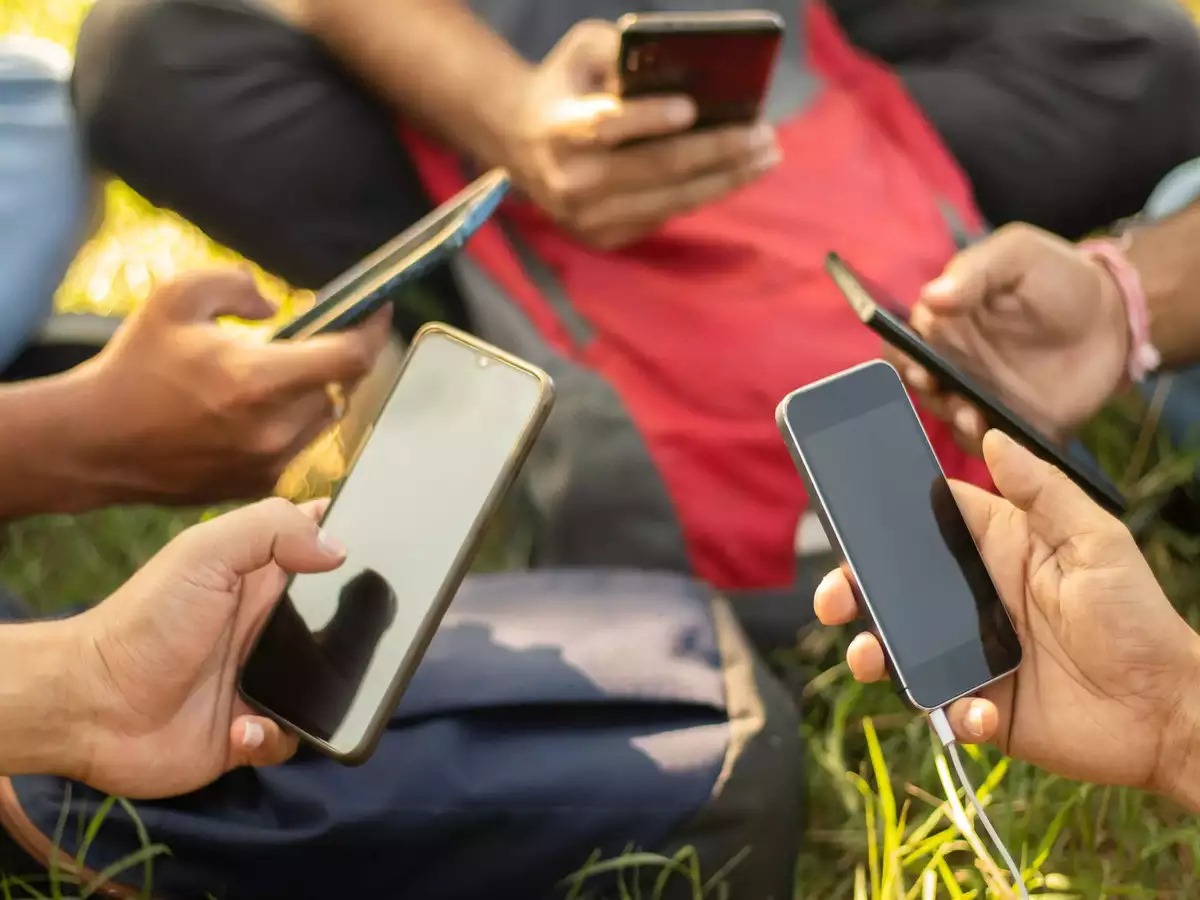New Delhi, May 15 (Your News Outlet): Women’s internet adoption via mobile phones in India has reached a notable milestone, hitting 37 percent, as per the latest report by the GSMA, a global organization representing mobile network operators worldwide.
The report, titled ‘Mobile Gender Gap Report 2024,’ highlights a significant narrowing of the gender gap in internet adoption, with men’s adoption rates remaining stable. This shift has reduced the gender gap from 40 percent to 30 percent, showcasing promising progress in digital inclusion efforts.
Globally, the report indicates that an additional 120 million women connected to the internet via mobile in 2023, with a notable increase in low- and middle-income countries (LMICs). In total, 1.5 billion women in LMICs are now using mobile internet, representing 66 percent of the female population in these regions.
Despite these advancements, the report underscores a concerning figure of 785 million women who remain unconnected, with approximately 60 percent of them residing in South Asia and Sub-Saharan Africa. Addressing this disparity, Claire Sibthorpe, Head of Digital Inclusion at the GSMA, emphasized the fragility of sustaining momentum and highlighted collaborative efforts with industry stakeholders and policymakers to overcome barriers like affordability, awareness, and digital skills.
The GSMA estimates that closing the gender gap in mobile ownership and usage across LMICs could unlock substantial economic benefits, delivering an additional $230 billion in revenue to the mobile industry over eight years.
Driven by women’s faster adoption rates, particularly in South Asia, the gender gap in mobile internet adoption across LMICs has narrowed for the first time since 2020. Women are now 15 percent less likely than men to use mobile internet in these regions.
Despite progress, challenges persist, with 940 million women in LMICs still lacking smartphone ownership. The report underscores the pivotal role of mobile in bridging the digital divide, accounting for 84 percent of broadband connections in 2023.
The findings underscore the importance of continued efforts to enhance digital inclusion and empower women with access to mobile internet, driving socioeconomic development and narrowing gender disparities in the digital realm.


